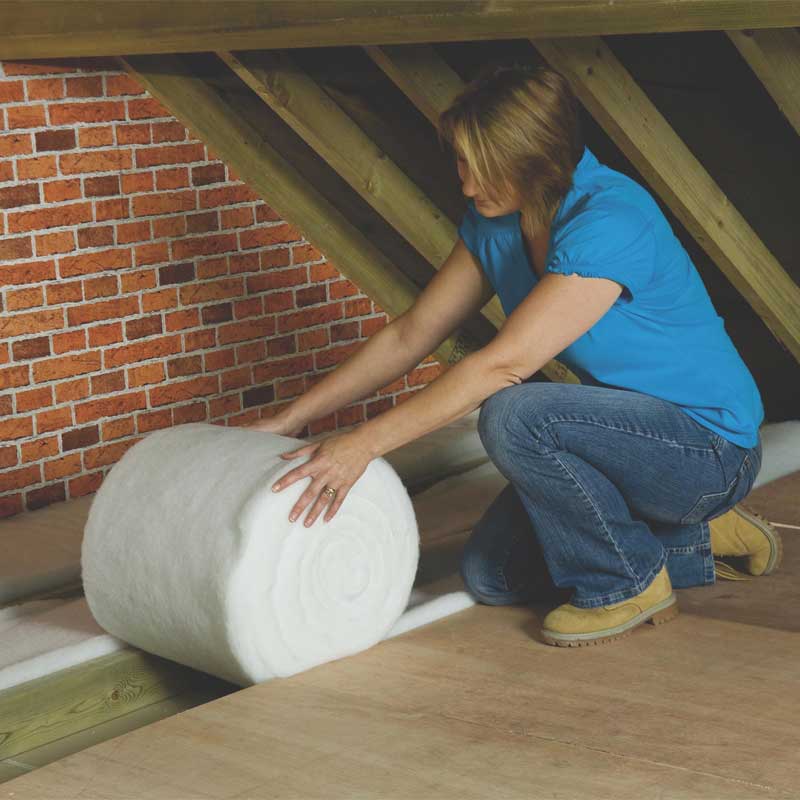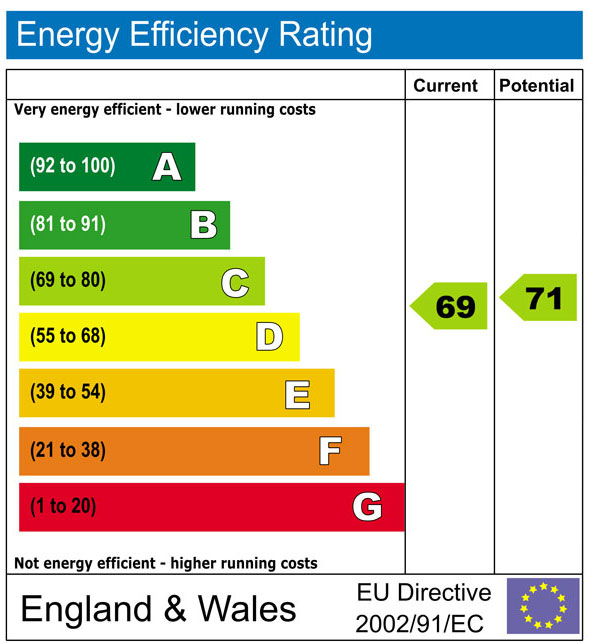Every home in the UK needs some degree of loft insulation in order to provide efficient heating. Loft roll insulation helps to prevent heat loss in the winter months while taking longer to heat up from the sun’s rays in the summer season.
That being said, effective loft insulation isn’t just about cost – it’s also about energy efficiency and the environment.
The thing is:
Studies reveal that most properties lose around one-quarter of their heat through the roof.
This is huge!
So, getting your loft insulation spot on is a good place to start.
The question is:
Is there such a thing as too much loft insulation?
Let’s find out…
Table of contents:
- How much loft insulation is too much?
- How long does loft insulation last?
- What is loft insulation made of?
How much loft insulation is too much?

If you live in a newer property, the answer is that you can install as much insulation as you like as long as you ensure that there is adequate ventilation – we have more on that for you, shortly. The chances are that if you’re buying a new property the insulation is already going to be as good as it can be, especially if the EPC shows high ratings.
Even with the best loft insulation on the market, the trick is to balance the amount of insulation you have with the amount of ventilation necessary to prevent damp. As long as you get that balance right, you should be fine.
But that’s not all:
Another thing to consider is that, realistically, you simply won’t have enough space to install ‘too much’ insulation before you run out of wall cavity, floor cavity or inside space to encroach on.
Current government recommendations are for loft insulation thickness to achieve a depth of 270mm, but some new properties are increasing their level of loft insulation to 300mm. Again, as long as the loft has adequate ventilation, this is fine. You may lose a little storage space, but you will save money!
How long does loft insulation last?
Good quality loft insulation should in and around 40 years and will eventually pay for itself with the cash saved on your energy bills. Given the relatively low cost and ease of installing loft insulation, it should be the first place you begin if you want to make your home more thermally efficient. In this respect, it’s easy to install slightly more than recommended to increase the effectiveness of the insulation.
In winter, insulation acts as a barrier to prevent warm air generated from heating, cooking and bodies being at home from escaping your house too quickly. The more effective that barrier, the more heat you retain. In summer, your insulation does the opposite. It prevents warm air from coming in, keeping your home cool.
What is loft insulation made of?
Loft insulation is made from fibreglass, mineral wool, sheep’s wool, hemp, recycled materials, foam and a range of materials. Different materials lend themselves to different situations and some are thinner than others for use in floors particularly.
If you want to use your loft for storage, you may want to raise the level of the floor in your loft for floor insulation. A layer of insulation can be laid between joists in the floor which can then be covered over with thermally, or acoustically, insulating floorboards.
As long as an air gap is left between the insulation and the floorboards then moisture should dissipate and the insulation can do its job.
You can find out more about your insulation options in our Insulation buyer’s guide.















